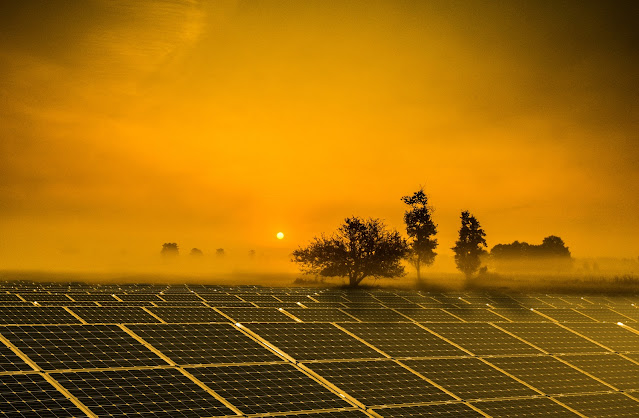The 3 Cleanest Power Generation Options
It’s been sudden and swift, but public opinion on dirty power generation from the likes of coal burning power stations has changed. The world has started to reject the enormous pollution and greenhouse gasses that lead to the climate change we’re starting to see the evidence of. More and more we’re seeking out cleaner ways of producing power, and that has led us to the boom in renewable power generation. Here are a few of the ways we’re shifting towards generating power cleaner and without the massive environmental costs of old.
Solar Power
By far the
most popular renewable and clean power source for domestic and private
companies looking to contribute to a cleaner society is solar power. It is
derived from taking the power of the sun and sunlight and converting it via
heat into electricity. The most common way of achieving this is by using special photovoltaic panels to
directly convert this sunlight into electricity. It’s a power source that is quite literally
limitless. If there is sunlight, the ability to produce solar power exists. The
only real downside to solar power is that it does come at a rather large
installation cost and while it can save you money as a business or home in the
long run, this often takes many years to realize.
Wind Power
Perhaps
more in the realm of power utility companies, wind power also continues to be a
popular clean power production method. This method uses wind to drive enormous
fans connected to turbines which turn and generate power. It produces zero
pollution, which means there are no harmful pollutants or by-products with the
potential to cause toxic tort and the resulting legal ramifications
that environmental and injury lawyers specialize in. Of course, it does have a downside – if
there’s no wind, there’s nothing to drive the turbines. They often also need to
be positioned in more rural areas where open ground isn’t limited and thus the
cost of getting the power to towns and cities can be higher.
Hydroelectric Power
Hydroelectric
power is not a new technology by any means, but it’s still one of the cleanest.
The basic principle is that water passes over big turbines and turns them, generating power
much like wind power, but using the flow of water instead of wind. This can
either be in the form of pumped storage hydropower or run-of-river hydropower –
both effectively working in the same way. Hydropower also doesn’t generate any
pollution at all,
making it incredibly clean. While it sounds ideal, there are some real
downsides to hydroelectric power. Pumped storage systems often rely on fossil
fuel power to pump the water needed and can negatively affect the natural flow
of water which can in turn affect fish and freshwater ecosystems.
The days of
fossil fuel and power generation that produces massive amounts of pollution are
surely numbered. All that is left for us to do now is take these clean and
renewable power generation technologies and scale them up to a size where we
can start doing away with our coal burning behemoths.



